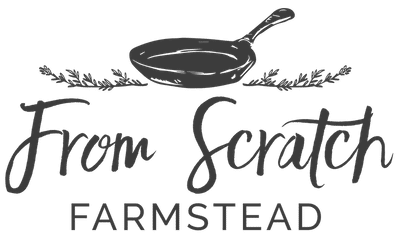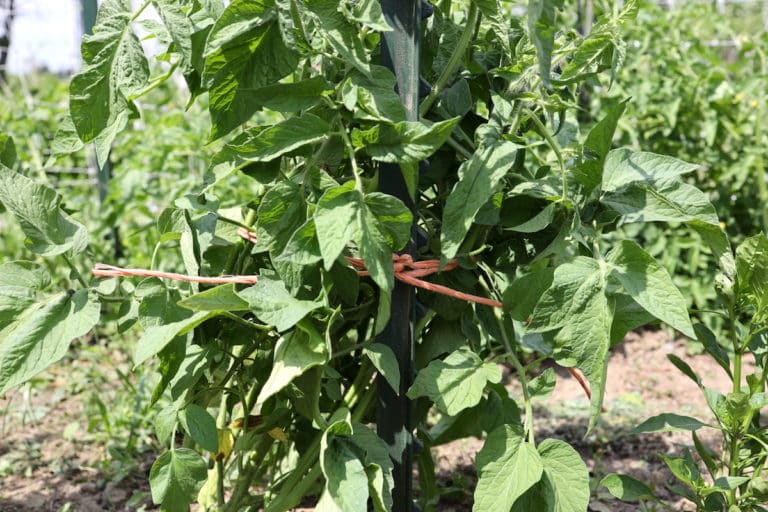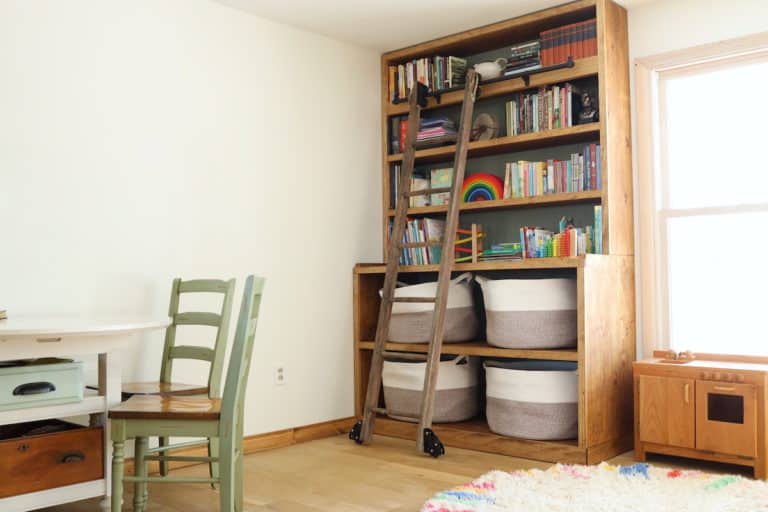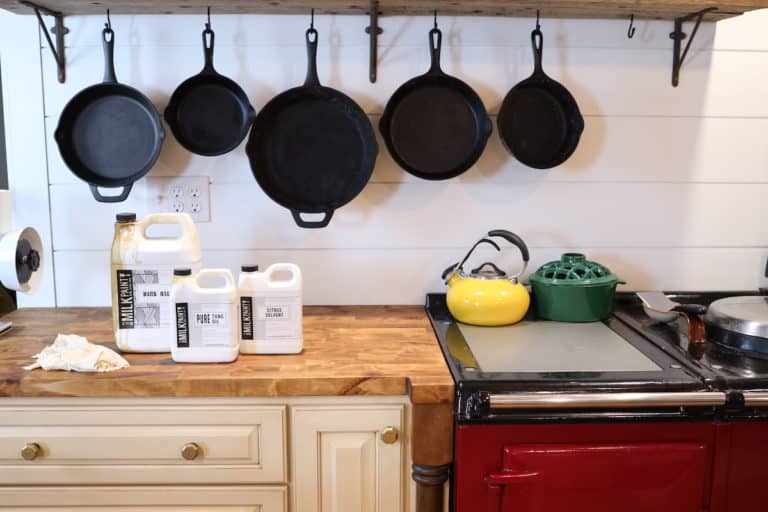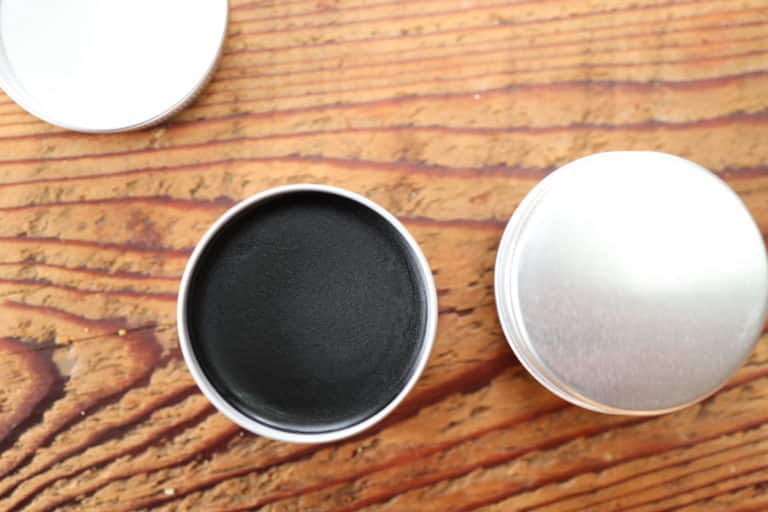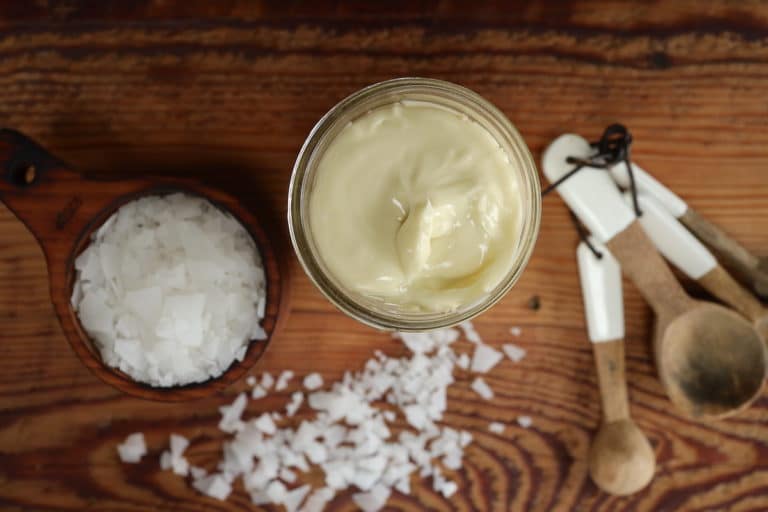DIY Tallow Shampoo Bar (that actually works!)
Are you in search of a natural shampoo that actually leaves your hair feeling clean, shiny, and smooth? After years of dealing with that exact scenario, I began making this tallow shampoo bar and it has been the perfect solution. With just a handful of ingredients, I’ll walk you through how you can make them…
